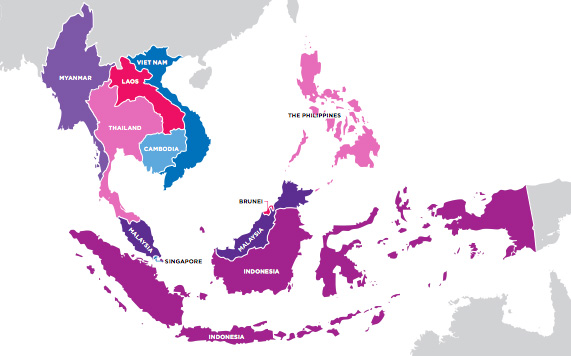Production Ticks Up A Notch
Mexican industrial production rose 0.1 percent on the month in January, reversing December’s 0.1 percent monthly decline. Manufacturing output rose 0.5 percent on the month, mining output (including petroleum and gas production) rose 1.1 percent, construction was flat, and utilities output fell 2.0 percent.
From a year prior, industrial production contracted 0.3 percent in January after a 0.1 percent annual decline in December 2016. Manufacturing output grew 3.8 percent on the year, up from 2.5 percent in December and the fastest since April 2015, but other components of industrial production were much weaker. Utilities output grew just 1.1 percent on the year, construction dropped 1.0 percent, and mining plunged 9.8 percent.
January’s increase in manufacturing production is an encouraging sign that Mexico may dodge recession after all, analysts say. One of the key risks to the Mexican outlook is that manufacturers, uncertain of the outlook for trade with the US, could slow production in early 2017 to run down inventories and avoid being caught off-sides by policy changes. “But with manufacturing output up in January, this is not happening, or at least has not happened yet,” William Adams, senior international economist with PNC Financial Services Group said. “Another key risk is that manufacturing capital expenditures could plunge during this period of uncertainty, but instead they are holding up very well.”
Specialized construction work, which includes construction for industrial use, grew 0.7 percent on the month in January, a second consecutive month of expansion after contraction in three of four months between August and November (the lead-up to the US election). Specialized construction work grew a very rapid 19.3 percent on the year in January.
Uncertainties Around Trade Continue To Linger
Trade uncertainties continue to pose large downside risks to Mexico’s economic outlook, but the first activity data for early 2017 are quite a bit better than feared.
Going forward it is still US-Mexico trade relations that will determine the outlook for Mexican growth and the Mexican peso.
As such, it makes sense to wait for more clarity about this relationship before altering the Mexico forecast. For now, PNC Economics is taking the US government’s proposed renegotiation of NAFTA at face value, and assuming that Mexican exporters will experience reduced access to US markets in the future. “Because of this, we also assume that the Mexican peso will depreciate over our forecast horizon, to 23.0 per US dollar by year-end 2018,” said Adams.








